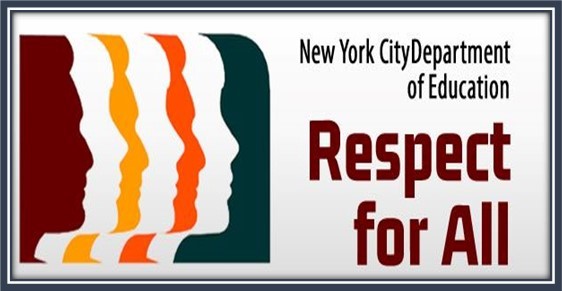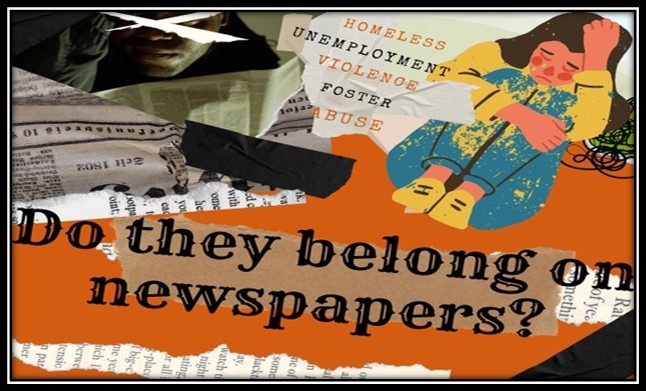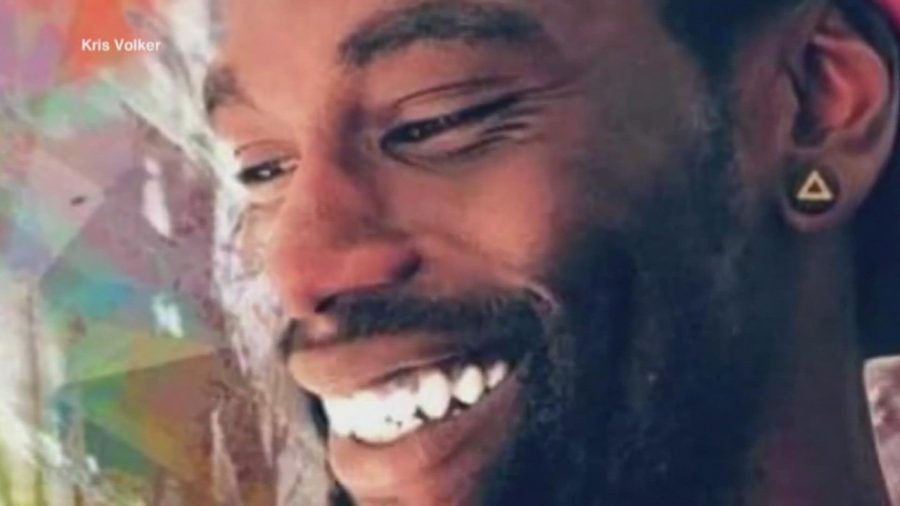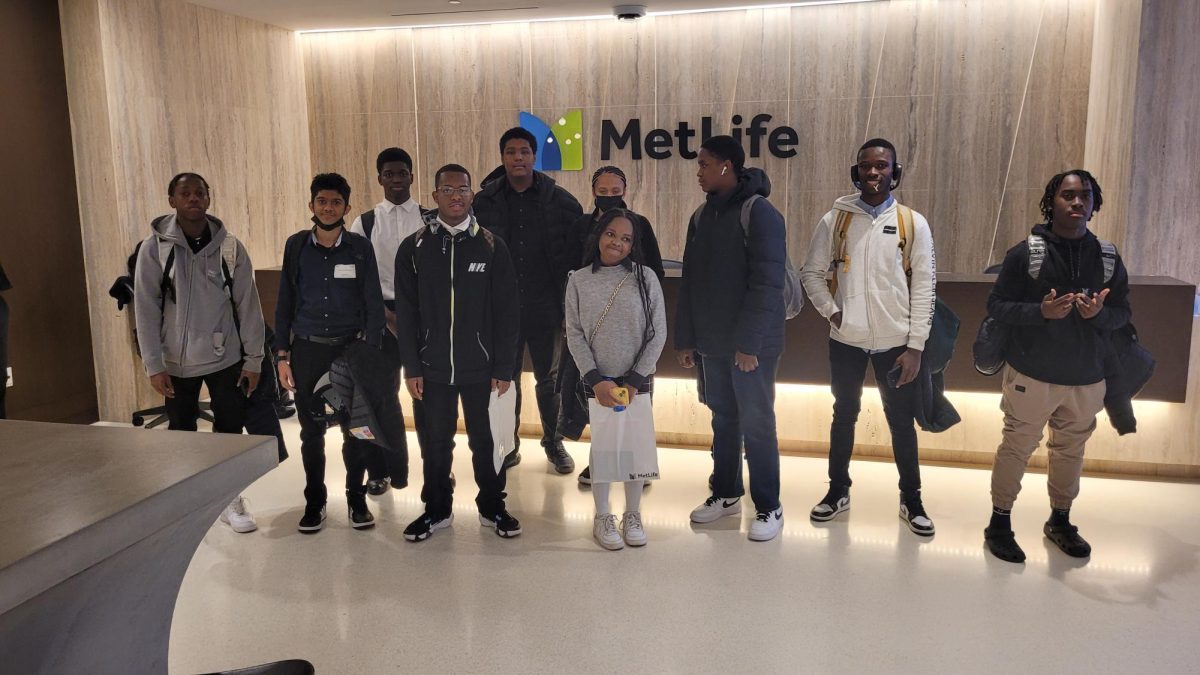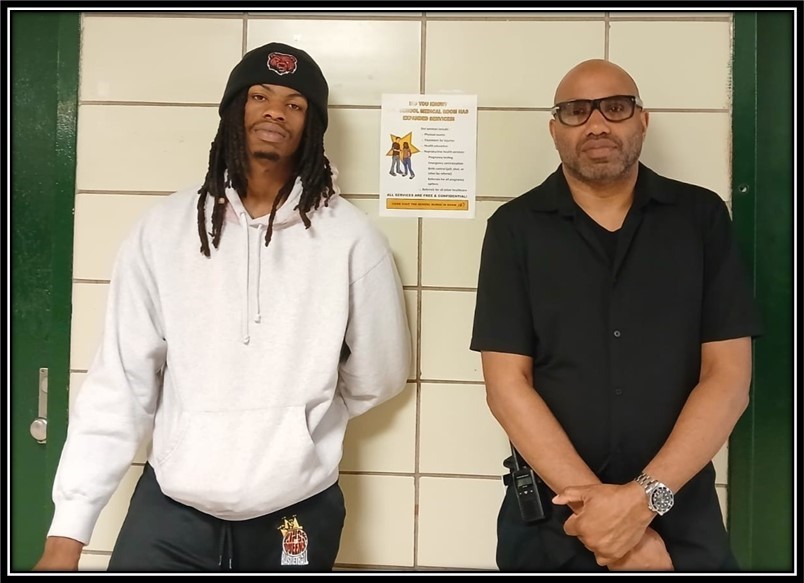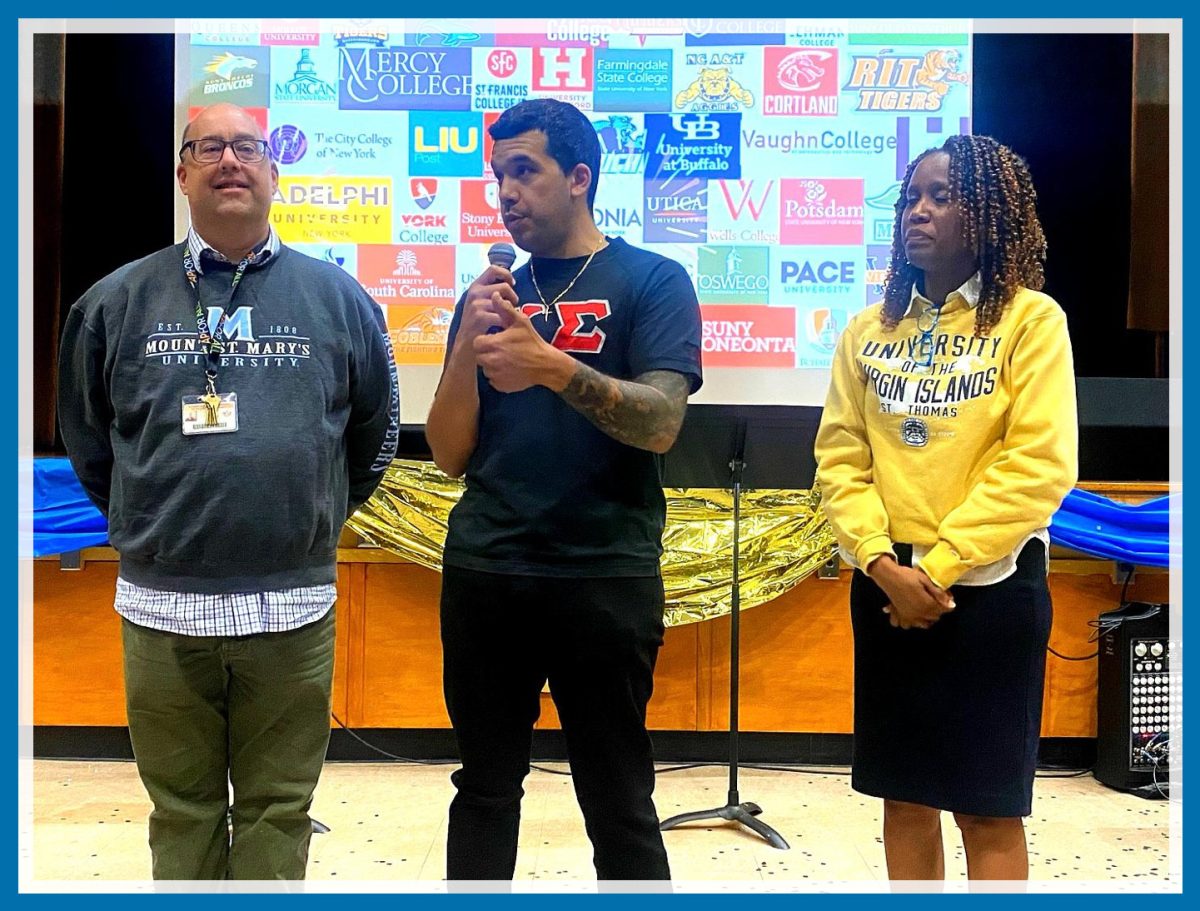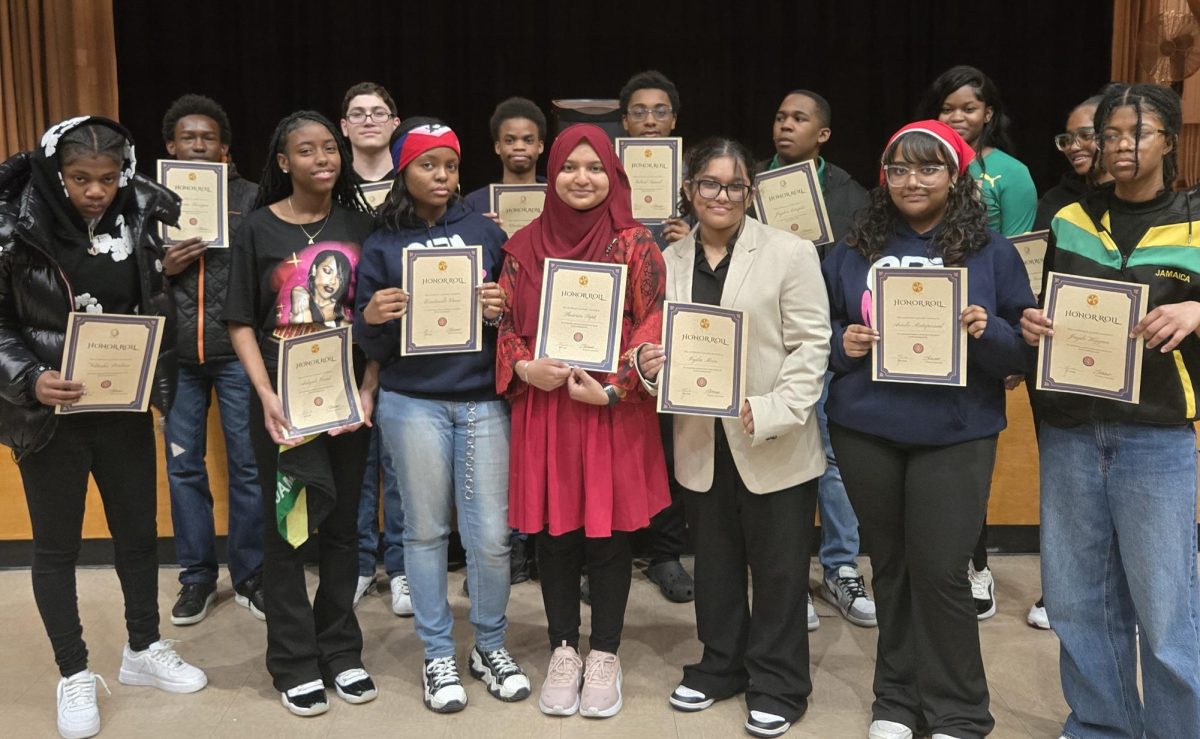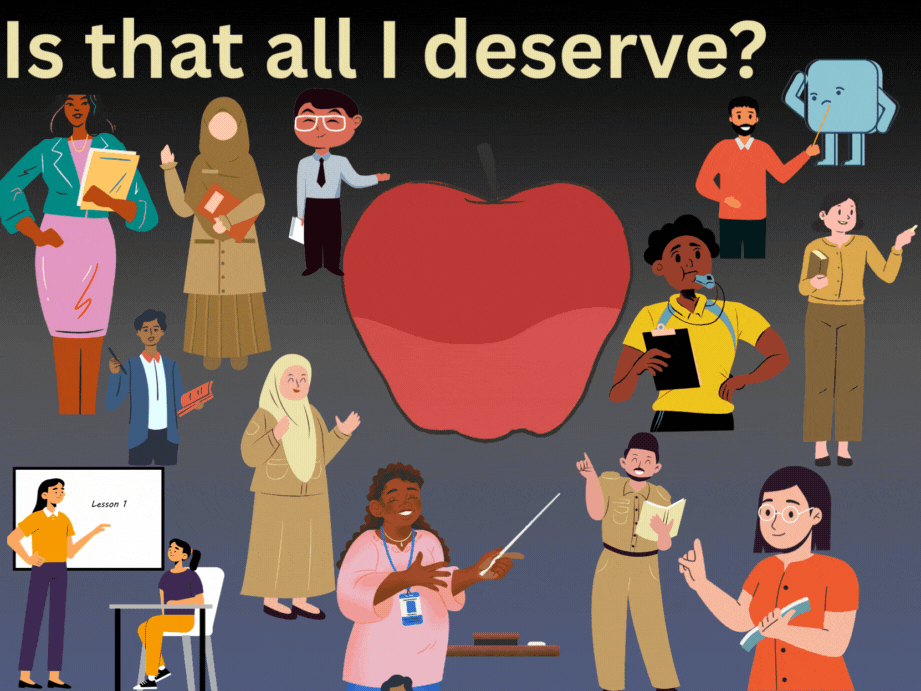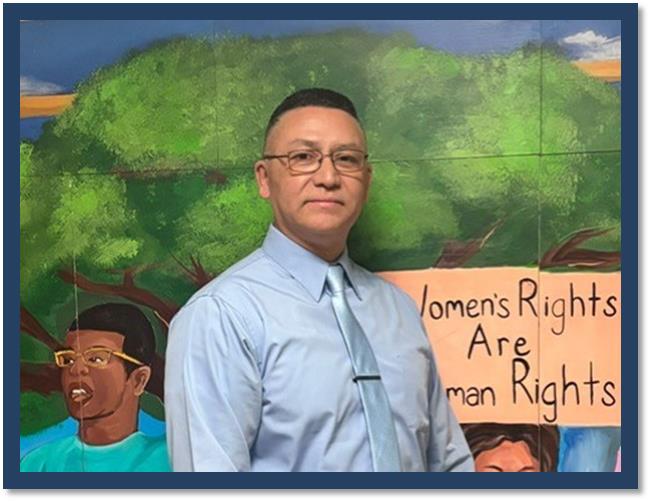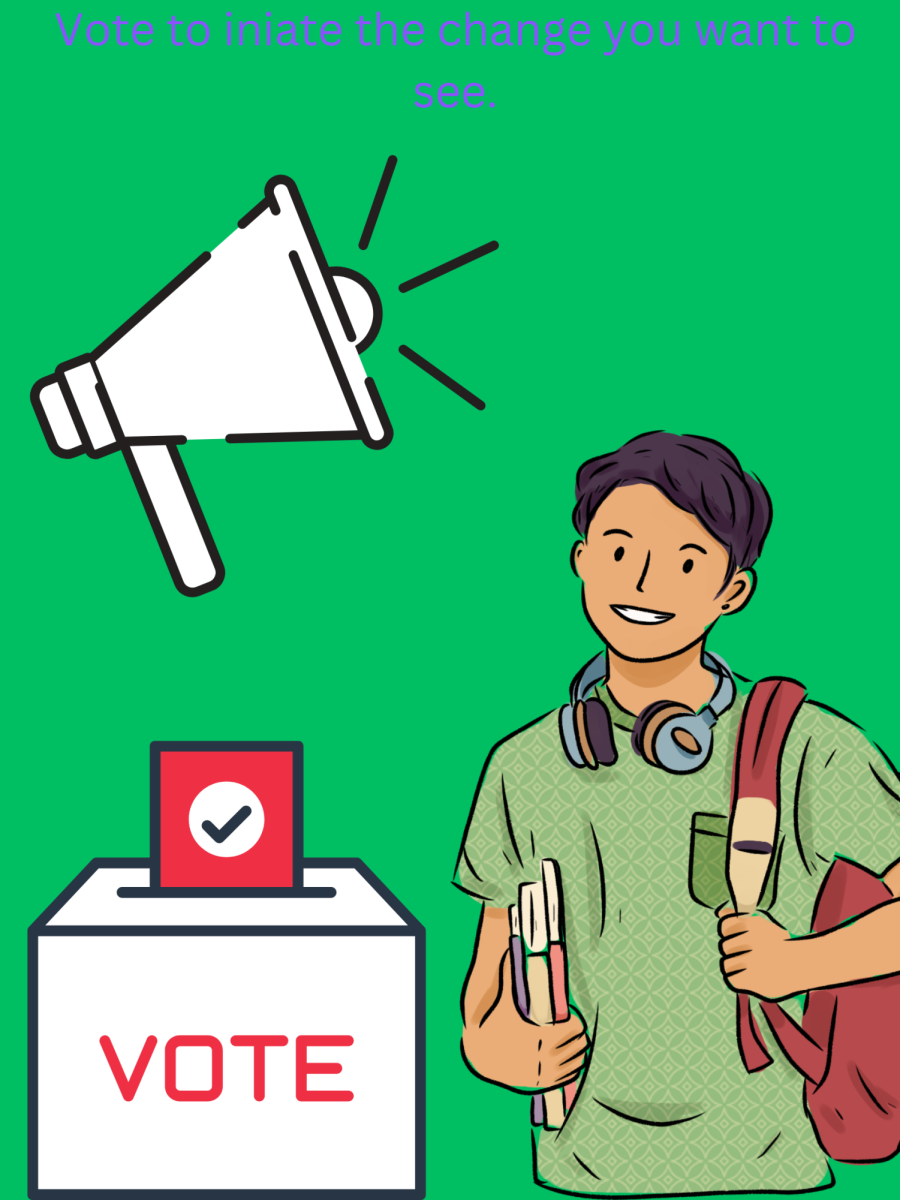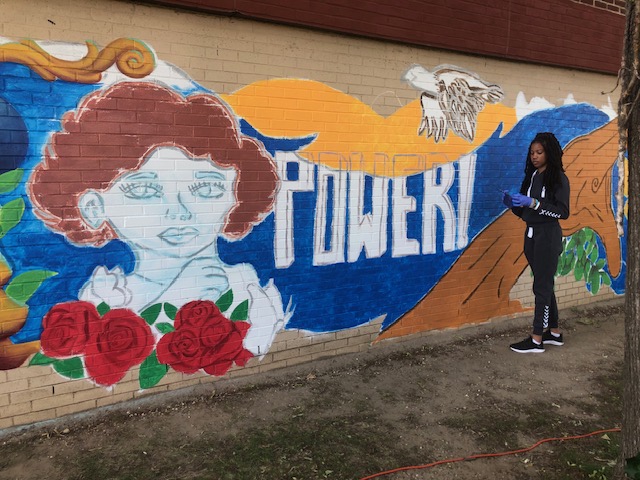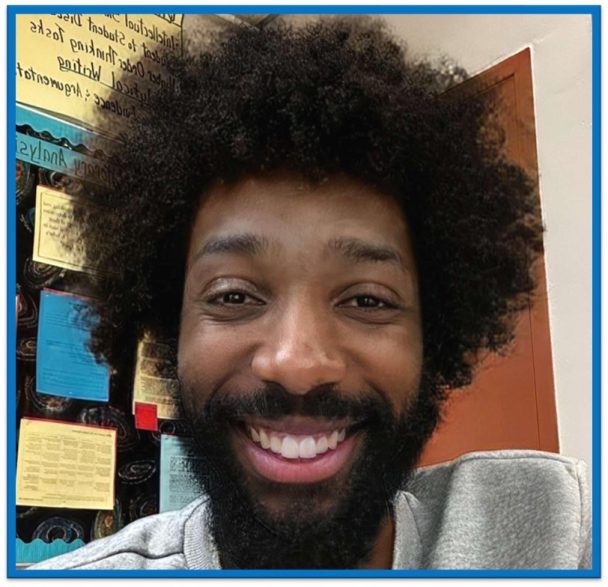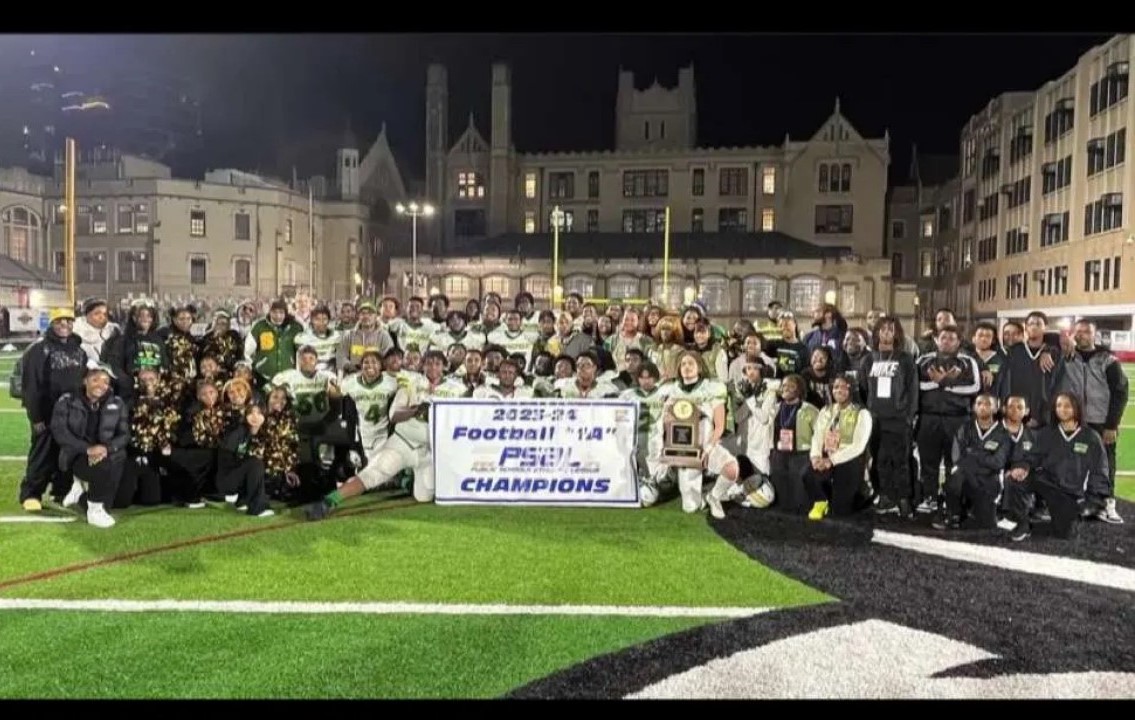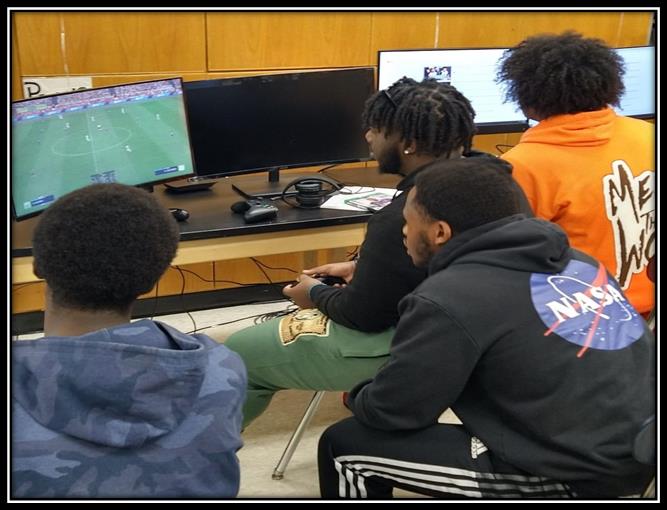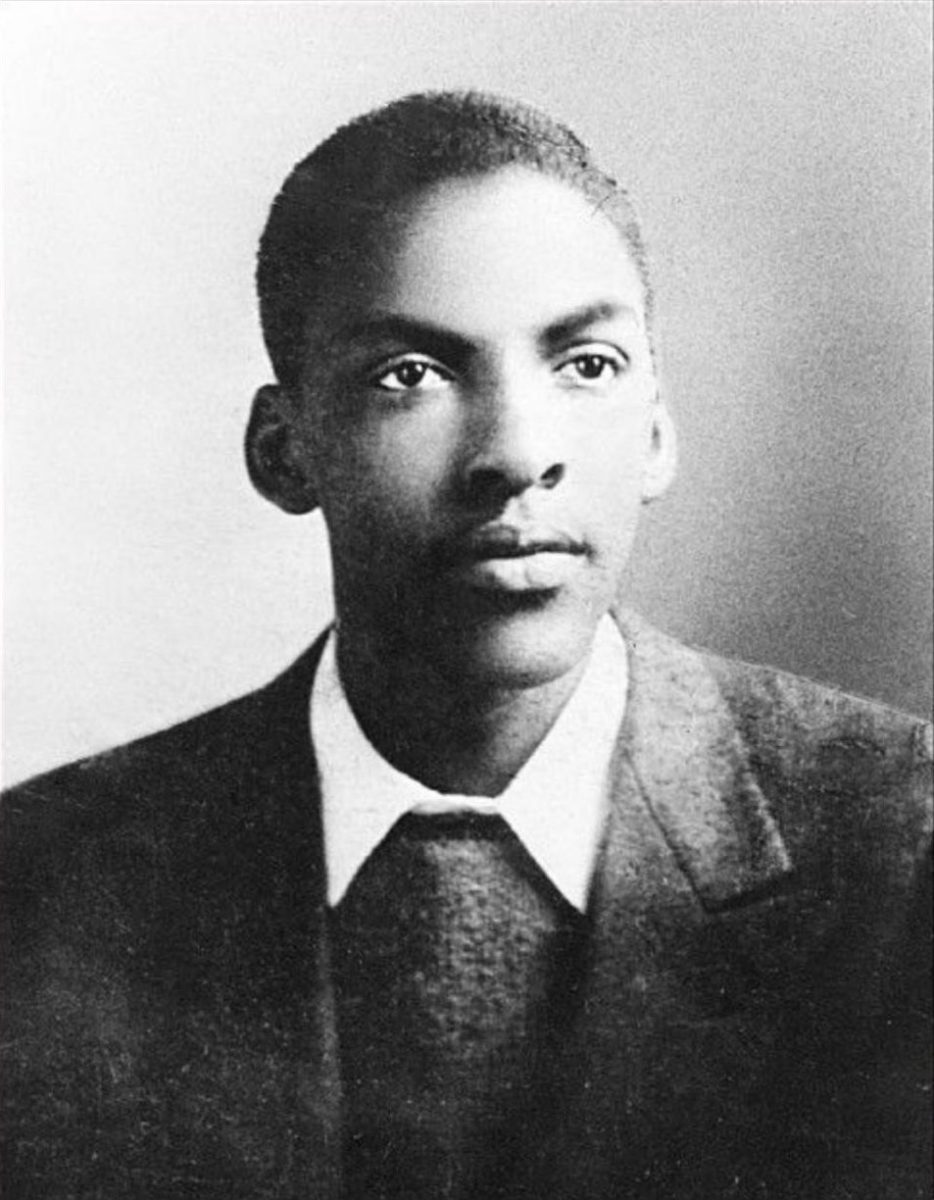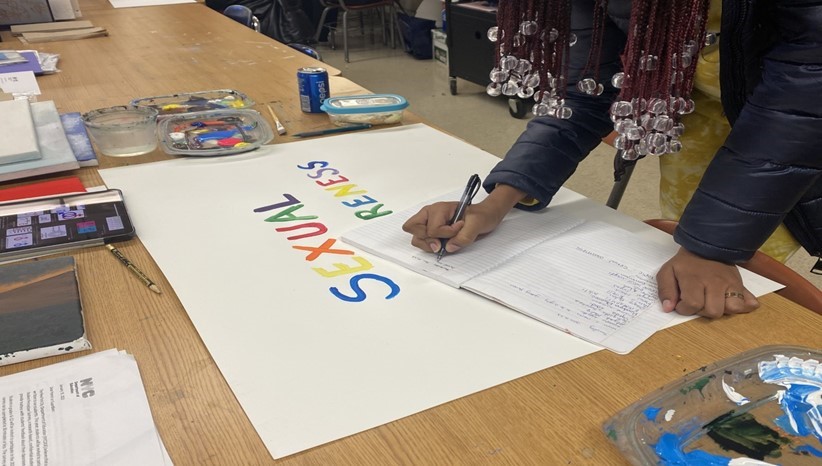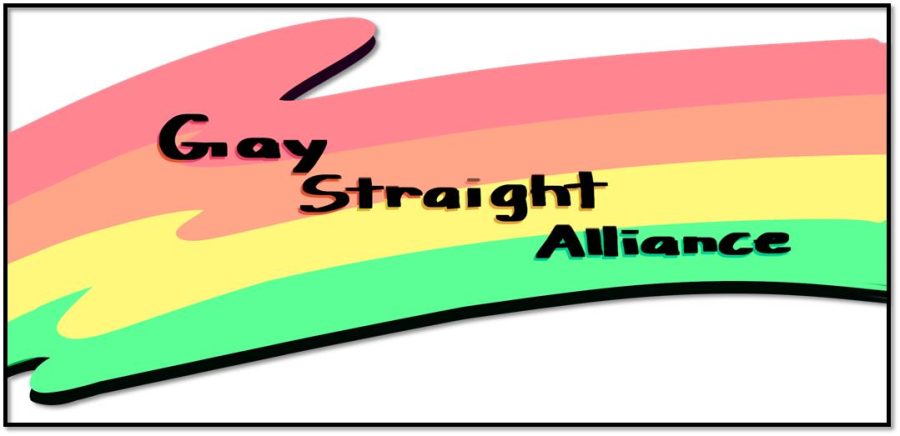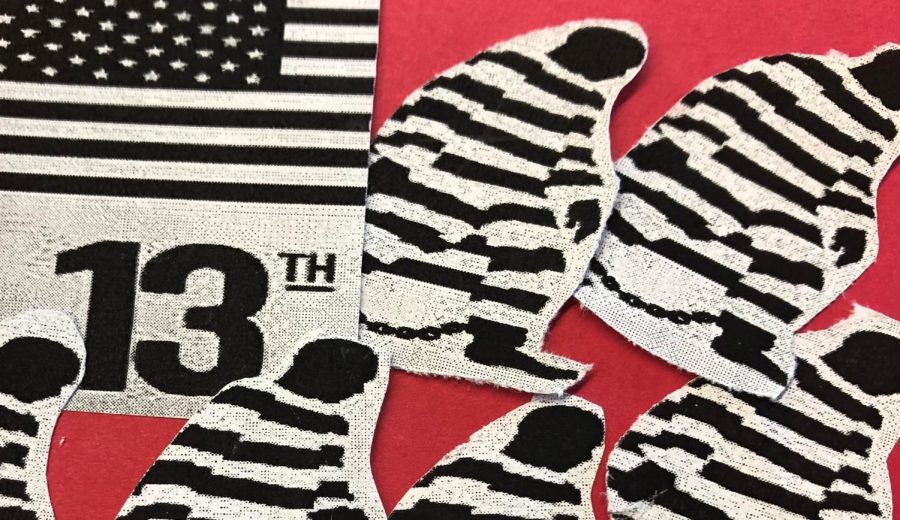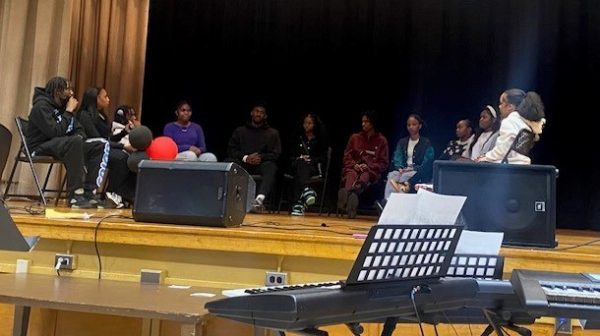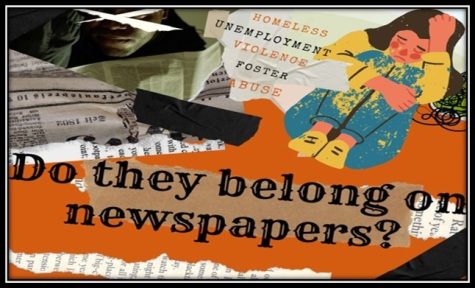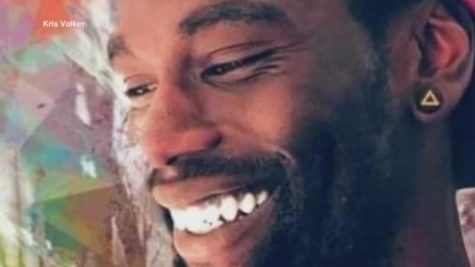American Renaissance
The Age of Mass Incarceration
Did you know that in the United States, Black Americans are incarcerated at nearly five times the rate of White Americans? Naturally, those behind bars are convicted felons. However, despite this fact, these statistics are a sign of a major discrepancy in the American justice system. More specifically, American prisons are overpopulated, primarily by prisoners of color.
Now, even though much has been said on the topic, there’s been little evidence of any significant change made to fix the problem. Compared to countries in Europe, the United States is the Mecca of mass incarceration. According to the World Prison Brief, Germany has over 59,000 people in prison, while Russia has over 400,000. Meanwhile, the US has some two million behind bars, more than that of Germany and Russia combined.
An American Dilemma
Mass incarceration—with prisons dominated by people of color—has become a serious dilemma in these United states. According to Jennvine Wong, an attorney with the Legal Aid Society that supports those unable to afford legal representation, events in America’s past have had a strong impact on this situation. Ms. Wong, who is also a member of the Cop Accountability Project at the Legal Aid Society, believes one key contributor to the high incarceration rate in the United states is undoubtedly “the deep history of slavery, racism, and White supremacy” in this country.
The 13th Amendment to the Constitution of the United States abolished slavery, which in turn had a significant impact on the economic stability of the southern states. This change directly affected the income of southern planters, since the crops planted by slaves were their primary means of survival.
However, after slavery was abolished the Southern States created the Jim Crow Laws to limit the freedom of African Americans. During this time, Blacks faced severe discrimination that reinforced the understanding that they were less equal than Whites in American society. For example, Blacks and Whites weren’t allowed to use the same public bathrooms, congregate in the same bars, or even be buried in the the same cemeteries.
Then in 1964, the US Government passed the Civil Rights Act which granted Black people many rights they were formerly denied, like the right to inhabit the same spaces as Whites that ended segregation in public places. However, most of these freedoms were an illusion, since people of color were still impacted by racist public policies that existed in American society; policies that persisted for more than 60 years after the passing of the Civil Rights Act. Moreover, not fully addressing past discrimination was especially harmful as, according to Carl Rachlin, general counsel for the Congress of Racial Equality (Core), it was, “Akin to asking the Negro to enter the 100-yard dash forty yards before the starting line.”
These enduring issues would continue to curtail the progress of many American Blacks while the country moved forward. As time progressed, many suffered the consequences of being left behind and pushed aside: poverty and despair–primarily crime, drug use, and addiction.
The War on Drugs
In due course, many minority communities were devastated by illegal drug use, which led to frantic efforts to address the problem. One significant example was the campaign spearheaded by Nelson Rockefeller—then Governor of New York. The outcome of this effort was legislation that became known as the “Rockefeller Drugs Laws” designed to limit the sale and use of these substances in New York state. These laws were extremely harsh, and stated that any amount of illegal drugs found on the person would result in tough sentences. This led to a sharp increase in the number of colored people incarcerated for minor drug offenses, which in turn devastated many families and communities of color.
However, some progress has been made in this area. In 2009, the Rockefeller Drug Laws were reformed by the administration of then Governor David Paterson. Today, marijuana has been decriminalized in multiple American states. As a result, there has been a reduction in the incarceration rate of Blacks in America. Supposedly, the decriminalization of this substance will give the officials more time to focus on high level offenses.
The criminal justice system consists of three branches: law enforcement, the judicial or court systems and corrections. Today, the correctional branch oversees the more than two million people in jails and prisons, more than any other country in the world. Another factor that plays a role in this issue is the fact that the United States is a capitalist nation in which major corporations profit from the incarceration rate in the United States.
As stated by Legal Aid Society attorney Ms. Wong, “Major corporations are invested in profiting from incarceration: from private prison to prison labor, to preying upon incarcerated people and their families with businesses as mundane as phone services.” This reinforces the idea that mass incarceration is very much a part of American culture, which some may consider an addiction in itself. Now, since we know that with effort addicts can be cured, we have to wonder. What is the cure for this particular plague in American society?
Negative Effects
According to an article by authors and analysts Katie Rose Quandt and Alexi Jones published in the Prison Policy Initiative, incarceration can cause lasting damage to mental health: their research proves that the cycle of mass incarceration in the Black community is the result of structural racism. The record of the past years also reveals that the justice system is deliberately targeting the Black community, which causes stress for the family, especially if the father behind bars has male children. Then the lack of a father figure in the home could in turn cause those children to continue the cycle of colored men being inducted into the prison system.
Mr. Green, a supervisor of a half-way house for former inmates on probation in Brooklyn, New York, insists that incarceration takes a mental toll on communities of color. He also believes the system targets Black men, who are usually the bread winner in the home, and that this has been happening since slavery. Mr. Green also believes the system is the way it is because it profits the American corporate machine. Meanwhile, Black and Hispanic families are in a constant loop of back and forth in the system, which has a trickle-down effect on the mental state of these families.
One example of a Black family torn apart by these circumstances, is that of a woman—we’ll call her Mrs. C—whose husband has been incarcerated for 25 years and counting. Mrs. C mentions that her daughter was almost two years old when her husband was arrested for bank robbery. Ms. C claims the lengthy sentence continues to have a devastating impact on her daughter, even though she is now almost 30 years old. She makes it clear that her husband’s imprisonment “has made me a single parent, and as a single parent you don’t know how to have this conversation with your child.” She admits, “It’s been emotionally traumatizing to my daughter not having a father in the house.”
She shares that it’s difficult for a child to experience adolescence without a father figure, and although she has done her best to support her child, it cannot replace all the missed father-daughter moments. She says the issue is a burden on her daughter as a whole. She also mentions that her family has been trying to work on the case for a long time. However, they encountered issues with a judge who has been unfair to her and her husband. “The judge who sentenced my husband said my husband refuses to give up,” Mrs. C declares. “The judge refuses to let go of my husband, so we contacted a retainer.”
The retainer was expensive, and later on she discovered the retainer was actually friends with the judge handling her husband’s case. This family’s experience is one of too many that exist in communities of color, and illustrates the unfairness of the system. Now, as time moves on, it makes sense to admit it’s broken and take decisive action to fix it.
Possible Solutions
According to the Vera Institute of Justice, “District attorneys should stop charging people for low level offenses.” Prosecutors are people in charge of conducting the case against a person. The power the prosecutors have such as plea deals often consist of prison sentences, which are often excessive for minorities. Other solutions include the creation of other rehabilitation programs, eliminating incarceration as a penalty for low level offenses, legislative reform, and more investment in communities of color.
Your donation will support the student journalists of Queens Preparatory Academy. Your contribution will allow us to purchase equipment and cover our annual website hosting costs.

I'm a Senior, and enjoy watching television to relax and unwind. My favorite show is Vampire Diaries and my favorite movie is Avengers. I love soccer,...


